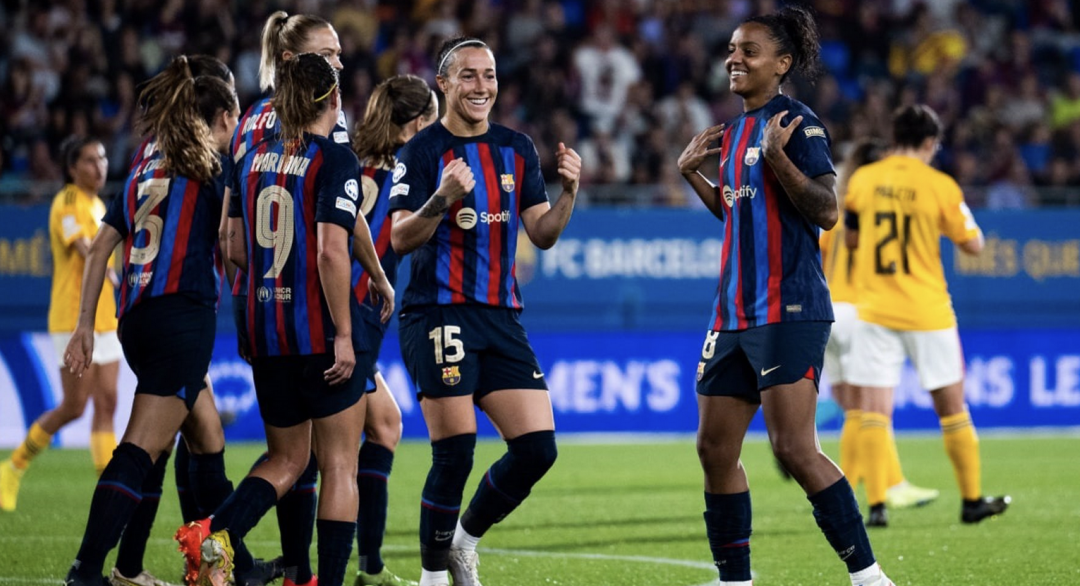On the occasion of Women’s Day, the CSD publishes two new studies on the presence and treatment of athletes in the media, whose data reflect the great asymmetries that still exist in sports information about men and women.
In addition to the low percentages of both coverage of sport practiced by women, the results show discursive biases such as the constant comparison with men’s sport, the usual relationship of athletes with circumstances of their personal lives and the lack of continuity of information on women’s successes.
Madrid, March 8, 2023.- On the occasion of March 8, International Women’s Day, the Higher Sports Council (CSD) has published two new diagnostic studies on the presence and treatment of women in sports information.
Promoted by the sub-directorate of Women and Sport of the CSD and developed by Indexa Geodata based on the analysis of news from 2011 to 2021, the studies reveal the existence of clear asymmetries between women and men in sports information, both quantitatively and qualitatively.
As reflected in the study Treatment of Women in Sport in Radio and Television, with a more quantitative character, women are only present 8.2% of the news on television, while in the radio field this percentage reaches 15.4% of the information.
Likewise, female athletes only appear in the headlines of these reports in just over 10% of television news and 18% of radio news, adding female appearances both individual and team and mixed. As for the authorship of the news, only 15.25% of the news analyzed have a woman’s signature, a percentage that in the field of radio reaches 18.42%.
As in the male sphere, there is a clear ‘footballization’ of information on sport practiced by women: in the television field, more than 57% of the news about women athletes belongs to this sport, a long way from basketball (9%) and tennis (less than 5%), among others. The same thing happens on the radio: football accounts for 55.53% of the news about female athletes.
For its part, the study Treatment of sports information of women in sport: language analysis, of a more qualitative nature, shows that in 44% of the information analyzed, where women appear alone or share prominence with men, the treatment is asymmetrical.
As pointed out in the analysis, discursive biases are still present, such as the usual comparison with men’s sport and relating athletes and their successes with extra-professional aspects – even setting aside sports information in the story to focus on their personal lives. Likewise, the study points out that in the last ten years there is a tendency towards the disappearance of these asymmetries, which points to a change in the newsrooms and that all efforts in awareness and training are bearing fruit.
The authors of these two CSD research projects, for which a sample of more than 9,000 news items has been used, are the researchers Heidy Sofía Ríos Urdaneta, from Indexa Geodata, and Clara Sainz de Baranda Andújar, from the Carlos III University of Madrid.








